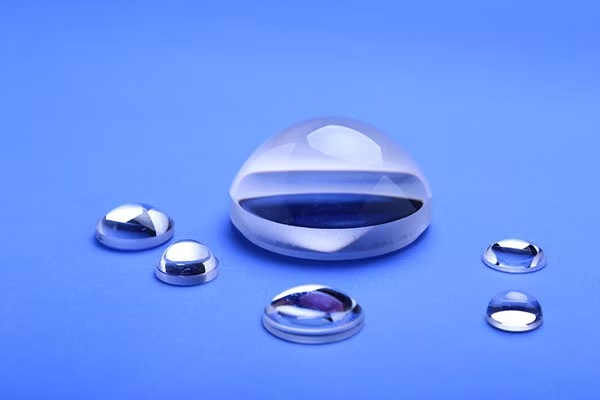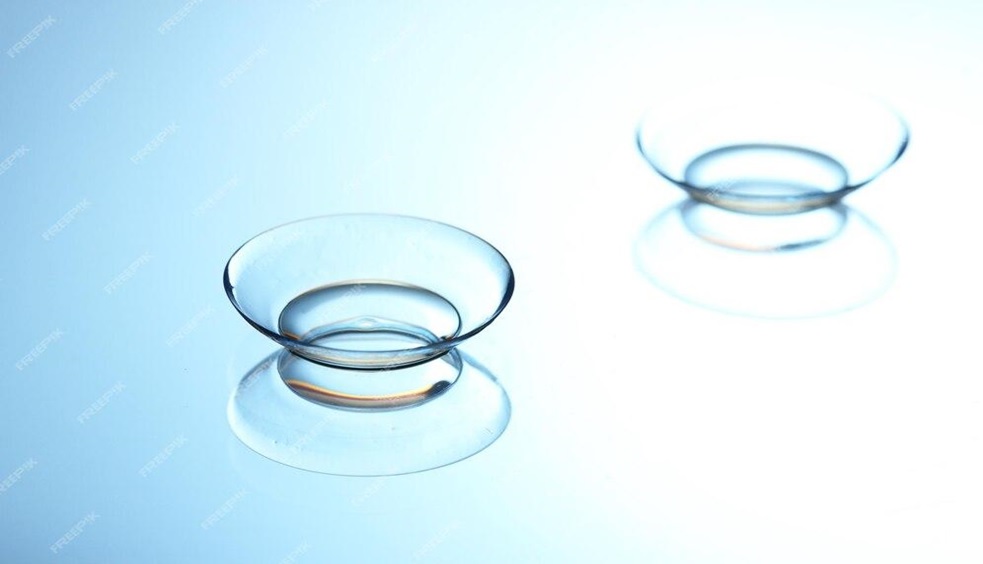Aspheric lenses have transformed the landscape of optics, delivering a revolutionary way to enhance vision and improve image quality. Unlike traditional spherical lenses, which can introduce optical distortions, aspheric lenses feature complex surfaces that gradually change curvature from the center to the edge. This unique design minimizes aberrations and improves precision, making them highly sought after in numerous industries. From eyeglasses to advanced cameras and medical instruments, aspheric lenses are crucial in achieving superior optical performance. In this article, we explore the world of aspheric lenses, their applications, and the aspheric lenses advantages disadvantages.
What Are Aspheric Lenses?
An aspheric lens is designed with surfaces that are not perfectly spherical. The curvature of these lenses varies across the surface, allowing them to correct distortions that often occur with traditional lenses. They are commonly used in eyeglasses, photographic equipment, virtual reality (VR) headsets, microscopes, and telescopes. Aspheric lenses provide sharper images with fewer distortions, even at the edges of the field of view, which makes them valuable in applications where precision is critical.
Advantages of Aspheric Lenses
Aspheric lenses offer several advantages over their spherical counterparts:
- Reduced Aberrations: They minimize spherical aberrations and other distortions, making clearer and sharper images.
- Lighter and Thinner: Aspheric lenses are more compact than traditional lenses, reducing bulk and weight—particularly useful for eyeglasses and portable devices.
- Better Aesthetic Appeal: In eyeglasses, aspheric lenses have a thinner profile, providing a more natural appearance.
- Wider Field of View: These lenses offer improved image quality even at the periphery, making them ideal for cameras and binoculars.
- Improved Optical Performance: They allow for enhanced resolution and image quality, especially in devices that require high precision, such as scientific instruments and medical equipment.

Disadvantages of Aspheric Lenses
Despite their many benefits, aspheric lenses come with some challenges:
Complex Manufacturing Process: aspherical optics processing requires specialized equipment and expertise, which makes production more expensive.
- Higher Costs: Aspheric lenses are more costly to produce and purchase than standard lenses, particularly in small quantities.
- Difficult to Handle: The non-spherical shape makes them more delicate, requiring careful handling and cleaning.
- Limited Availability: While they are becoming more popular, aspheric lenses may still not be readily available in all markets and applications.
Applications of Aspheric Lenses
The versatility of aspheric lenses allows them to be used in a wide range of fields:
- Eyewear: Many modern eyeglasses incorporate aspheric lenses to provide thinner, lighter lenses with improved optical clarity. This design also helps in correcting high levels of astigmatism or farsightedness.
- Cameras and Photography: Aspheric lenses are integral in camera lenses to reduce distortions, especially in wide-angle lenses. They help photographers achieve sharper and more accurate images.
- Virtual Reality and Augmented Reality Devices: VR and AR headsets rely on aspheric lenses to provide immersive experiences with minimal visual distortion.
- Medical Instruments: High-precision instruments such as endoscopes, microscopes, and ophthalmic devices use aspheric lenses for clearer imaging and enhanced performance.
- Telescopes and Binoculars: Aspheric lenses improve focus and reduce chromatic aberration, enhancing the performance of telescopic devices.
Conclusion
Aspheric lenses have significantly advanced the field of optics, enabling breakthroughs across multiple industries. Their ability to minimize aberrations, reduce weight, and improve image clarity has made them indispensable in applications ranging from eyeglasses to scientific instruments. However, the advantages of these lenses come with challenges, such as higher production costs and complex manufacturing processes.
By revolutionizing how we correct and enhance vision, aspheric lenses are paving the way for previously unimaginable innovations. Whether in daily-use eyewear or sophisticated scientific instruments, these lenses demonstrate that precision optics can transform how we see and experience the world.













Comments